Home>Garden Essentials>What Is Wheatgrass And Pet Grass
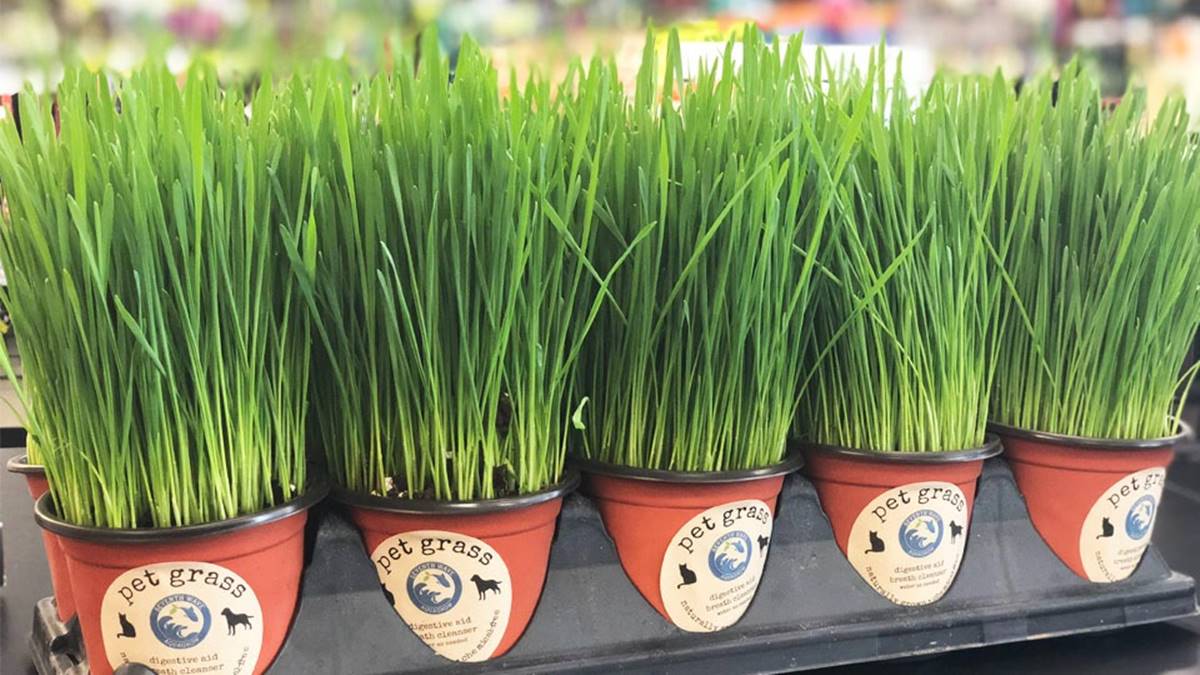

Garden Essentials
What Is Wheatgrass And Pet Grass
Modified: September 2, 2024
Learn about the benefits of wheatgrass and pet grass for your garden. Enhance the health and vitality of your plants with these natural supplements.
(Many of the links in this article redirect to a specific reviewed product. Your purchase of these products through affiliate links helps to generate commission for Storables.com, at no extra cost. Learn more)
Introduction – Overview of the article’s topic
Welcome to our comprehensive guide on the fascinating world of wheatgrass and pet grass. Whether you’re looking to boost your own health or enhance the well-being of your furry friends, these grasses offer a multitude of benefits and uses. In this article, we will explore what exactly wheatgrass and pet grass are, their nutritional value, how to grow and maintain them, and how to incorporate them into your daily routine. So, let’s dive in and discover the wonders of wheatgrass and pet grass!
Wheatgrass, as the name suggests, is a type of grass that is derived from the wheat plant, Triticum aestivum. It is typically harvested and consumed while it is still in its young and tender stage, before it grows into mature wheat. Wheatgrass has gained popularity over the years due to its numerous health benefits and high nutritional content.
Pet grass, on the other hand, is a specially cultivated type of grass that is suitable for pets, such as cats or dogs, to nibble on. It provides a natural source of fiber for animals and helps promote healthy digestion. Pet grass is a great addition to your pet’s diet and can also help prevent them from chewing on indoor plants or other household items.
Now that we have a basic understanding of what wheatgrass and pet grass are, let’s take a closer look at each grass individually.
Key Takeaways:
- Wheatgrass is a superfood rich in vitamins and minerals, boosting immunity and aiding digestion. It can be consumed as juice or in smoothies for maximum health benefits.
- Pet grass provides natural fiber for pets, aids digestion, and promotes dental health. It can be incorporated into playtime and interactive toys for happy and healthy pets.
Read more: What Is Wheatgrass For
What is Wheatgrass?
Wheatgrass refers to the young shoots of the common wheat plant, scientifically known as Triticum aestivum. These tender, green blades are harvested before the wheat plant reaches its reproductive stage, typically around 7-10 days after sprouting. Wheatgrass is most commonly consumed as a juice or in powdered form.
The benefits and uses of wheatgrass are plentiful. Due to its high content of vitamins, minerals, and enzymes, wheatgrass is often hailed as a superfood. It is rich in vitamins A, C, E, and K, as well as minerals like iron, magnesium, and calcium. Additionally, wheatgrass contains chlorophyll, a pigment that gives plants their green color and has antioxidant and anti-inflammatory properties.
One of the main benefits of consuming wheatgrass is its potential to boost the immune system. It is believed to improve the body’s ability to fight off infections and diseases. Wheatgrass also has detoxifying properties, aiding in the removal of harmful toxins from the body.
Wheatgrass can be grown indoors or outdoors, depending on your preference and available space. To grow wheatgrass, you will need wheatgrass seeds, a shallow tray or container, organic soil or potting mix, and water. Simply sow the seeds in the soil, water them regularly, and place the tray in a well-lit area. Within a few days, you will see the grass beginning to sprout. It usually takes around 7-10 days for wheatgrass to reach its ideal harvesting height of 6-8 inches.
When it comes to harvesting wheatgrass, you can either cut the entire grass just above the soil level or use scissors to trim the blades individually. It is essential to harvest wheatgrass at its peak growth stage to ensure maximum nutritional value. Once harvested, you can juice the wheatgrass using a juicer or blend it with water to create a nutritious smoothie.
The nutritional content of wheatgrass makes it a valuable addition to a healthy diet. Regular consumption of wheatgrass juice or powder is believed to improve digestion, boost energy levels, support weight loss efforts, and even enhance skin health. However, it is important to note that individual results may vary, and it is always best to consult with a healthcare professional before incorporating any new supplements into your routine.
Now that we have covered the fundamentals of wheatgrass, let’s explore another type of grass that is specifically designed for our furry friends – pet grass.
What is Pet Grass?
Pet grass, also known as cat grass or dog grass, is a type of grass that is specifically grown for pets to consume. It is typically made up of various types of grass, such as wheatgrass, oat grass, or barley grass, that are safe and beneficial for pets. Pet grass provides a natural and healthy source of fiber for animals and offers various benefits for their overall well-being.
One of the main benefits of pet grass is its ability to aid in digestion. Many pets, particularly cats, naturally feel the instinct to chew on grass. Consuming grass can help stimulate their digestive system and assist in the expulsion of hairballs or other indigestible substances. For dogs, pet grass can also help promote healthy digestion and relieve an upset stomach.
In addition to aiding digestion, pet grass can offer other benefits for pets. Chewing on grass can be a form of sensory stimulation for animals, helping to alleviate boredom or anxiety. It can also provide a natural source of essential nutrients, such as vitamins A and C, as well as dietary fiber.
Growing and maintaining pet grass is relatively simple. You can start by purchasing pet grass seeds or a kit specifically designed for growing grass for pets. Plant the seeds in a shallow tray or container filled with organic soil or potting mix. Water the seeds regularly, ensuring that the soil remains moist but not waterlogged. Place the tray in a well-lit area, such as near a window, to allow the grass to receive sufficient sunlight.
Once the pet grass has grown to a desirable height, typically around 3-4 inches, you can introduce it to your pet. It is essential to monitor your pet’s consumption to prevent overeating, as excessive grass consumption may lead to vomiting. If your pet shows signs of digestive discomfort after consuming pet grass, it is advisable to consult with a veterinarian.
Pet grass plays a significant role in a pet’s diet and overall health. While it is not intended to replace their regular food, it can serve as a supplemental source of nutrition. The fiber content in pet grass can aid in maintaining healthy bowel movements and prevent constipation. Furthermore, the act of chewing on grass can help promote dental health for pets by naturally cleaning their teeth and gums.
Overall, pet grass provides a natural and safe way for pets to satisfy their instinctive urge to chew on grass while enjoying the numerous health benefits it offers. Incorporating pet grass into their diet and routine can contribute to their overall well-being and happiness.
Now that we have explored the wonders of pet grass, let’s move on to a comparison between wheatgrass and pet grass to understand their similarities and differences.
When growing wheatgrass or pet grass, make sure to water them regularly and provide plenty of sunlight to promote healthy growth. Trim the grass as it grows to prevent it from becoming too long and unmanageable.
Comparison of Wheatgrass and Pet Grass
While both wheatgrass and pet grass are types of grass that offer various benefits, there are some key differences between the two. Let’s explore their similarities and differences to understand which grass is more suitable for human consumption and which is more suitable for pets.
Similarities:
- Both wheatgrass and pet grass are types of grass that are grown from seeds.
- They both require similar growing conditions, including ample sunlight and regular watering.
- Both grasses offer nutritional benefits, including vitamins, minerals, and dietary fiber.
Differences:
- Intended Usage: Wheatgrass is primarily grown for human consumption, while pet grass is specifically cultivated for pets to consume.
- Nutritional Composition: While both grasses provide nutrients, wheatgrass is known for its higher concentration of vitamins and minerals, making it more beneficial for human consumption.
- Harvesting Stage: Wheatgrass is usually harvested when it reaches a height of 6-8 inches, whereas pet grass is typically consumed when it is around 3-4 inches tall.
- Digestive Benefits: Wheatgrass is believed to aid in digestion and detoxification for humans, while pet grass assists in promoting healthy digestion for pets.
Which grass is more suitable for human consumption?
Wheatgrass is specifically grown and harvested to provide maximum nutritional benefits for human consumption. Its high concentration of vitamins, minerals, and enzymes makes it a popular choice for those seeking to enhance their overall health. Many people consume wheatgrass in the form of fresh juice or powdered supplements. However, it is important to note that individual results may vary, and consulting with a healthcare professional is advised before incorporating wheatgrass into your diet.
Which grass is more suitable for pet consumption?
Pet grass, such as cat grass or dog grass, is specifically grown to cater to the specific dietary needs and instinctual behaviors of pets. It provides a natural source of fiber, aids in digestion, and helps prevent hairballs or indigestible substances from accumulating in the digestive tract. Pet grass is considered safe and beneficial for most pets when consumed in moderation. However, it is recommended to monitor your pet’s consumption and consult with a veterinarian if you have any concerns.
Ultimately, wheatgrass is more suitable for human consumption due to its higher nutritional content, while pet grass is specifically designed for pets to enjoy the many benefits it offers to their digestion and overall well-being.
Now that we have compared wheatgrass and pet grass, let’s move on to exploring how you can incorporate these grasses into your daily routine for maximum benefits.
How to Incorporate Wheatgrass and Pet Grass into Your Routine
Both wheatgrass and pet grass can be easily incorporated into your daily routine to enjoy their respective benefits. Let’s explore some creative ways to use these grasses for maximum health benefits and well-being.
Ways to consume wheatgrass for human health benefits:
- Wheatgrass Juice: One of the most popular ways to consume wheatgrass is by juicing it. You can blend freshly harvested wheatgrass with water and strain the juice to remove any fibers. Drink the juice on an empty stomach in the morning to kickstart your day with a nutrient boost.
- Smoothies and Shakes: Add wheatgrass powder or freshly juiced wheatgrass to your favorite smoothies or protein shakes. The grassy taste of wheatgrass blends well with fruits like bananas, berries, or citrus, masking any strong flavors.
- Wheatgrass Shots: For a quick and concentrated dose of wheatgrass, you can take wheatgrass shots. These are small, concentrated amounts of wheatgrass juice that can be consumed quickly for an instant health boost.
Ways to use pet grass to enhance your pet’s well-being:
- Chewing and Playtime: Place a tray of pet grass within reach of your pets and encourage them to chew on the grass. This can provide a natural and healthy outlet for their chewing instincts while promoting dental health.
- Indoor Pet Grass Patch: Create a designated indoor pet grass area for your pets to enjoy. This can be a small patch of grass in a shallow container or a dedicated grass planter. Make sure to use pet-safe soil and regularly water the grass to keep it fresh and inviting.
- Interactive Toys: Incorporate pet grass into your pet’s interactive toys. Hide treats or toys within the grass, encouraging them to engage in natural foraging behaviors and keeping them mentally stimulated.
Creative ideas for incorporating these grasses into your daily routine:
- Decorative Centerpieces: Use trays of wheatgrass or pet grass as unique and vibrant centerpieces for your dining table or coffee table. Not only will they add a touch of nature to your space, but you will also have fresh grass readily available for consumption.
- Salad or Garnish: Incorporate freshly clipped wheatgrass blades into your salads or use them as a decorative garnish for your dishes. It adds a fresh and vibrant touch while providing additional nutritional value.
- Outdoor Garden Patch: Consider growing a dedicated garden patch for both wheatgrass and pet grass. This will provide a consistent supply of fresh grass for your consumption and your pet’s enjoyment.
By incorporating wheatgrass and pet grass into your routine, you can enjoy their respective benefits and enhance the overall well-being of both you and your pets. Get creative with how you use these grasses and explore new ways to incorporate them into your daily life!
Now that we have covered how to incorporate wheatgrass and pet grass into your routine, let’s conclude our article with a summary of the main points we’ve discussed.
Read more: What Is Pet Grass Used For
Conclusion
In this comprehensive guide, we have explored the fascinating world of wheatgrass and pet grass. Let’s summarize the main points we have covered:
– Wheatgrass is a young shoot of the common wheat plant and is known for its high nutritional content and health benefits. It can be consumed as juice or in powdered form.
– Pet grass, such as cat grass or dog grass, is specially grown for pets to consume and provides a natural source of fiber for healthy digestion.
– Wheatgrass is more suitable for human consumption, offering a wide range of vitamins, minerals, and detoxifying properties.
– Pet grass is specifically designed for pets and aids in digestion, provides sensory stimulation, and supports dental health.
– You can incorporate wheatgrass into your routine by consuming it as juice, adding it to smoothies, or taking shots. Pet grass can be offered to your pets for chewing and playtime or incorporated into interactive toys.
– Creative ideas for incorporating these grasses include using wheatgrass as a decorative centerpiece, adding freshly clipped blades to salads or dishes, and growing dedicated garden patches.
In conclusion, both wheatgrass and pet grass offer unique benefits that can enhance both human and pet well-being. Wheatgrass provides a concentrated nutritional boost for humans, while pet grass serves as a natural source of beneficial fiber for pets. By incorporating these grasses into our routines, we can tap into their potential to support digestion, boost immunity, and promote overall health. Whether you’re looking to improve your own health or enhance your pet’s well-being, wheatgrass and pet grass are wonderful additions to incorporate into your daily life.
So why wait? Start growing your own wheatgrass and pet grass today and experience the multitude of benefits these amazing grasses have to offer!
Frequently Asked Questions about What Is Wheatgrass And Pet Grass
Was this page helpful?
At Storables.com, we guarantee accurate and reliable information. Our content, validated by Expert Board Contributors, is crafted following stringent Editorial Policies. We're committed to providing you with well-researched, expert-backed insights for all your informational needs.
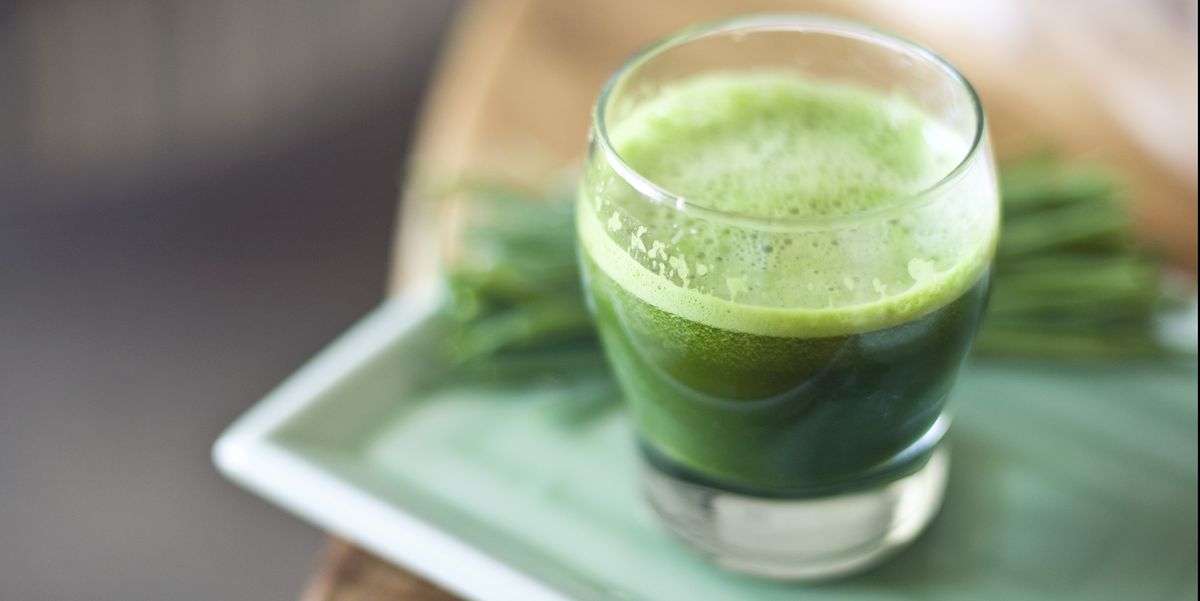
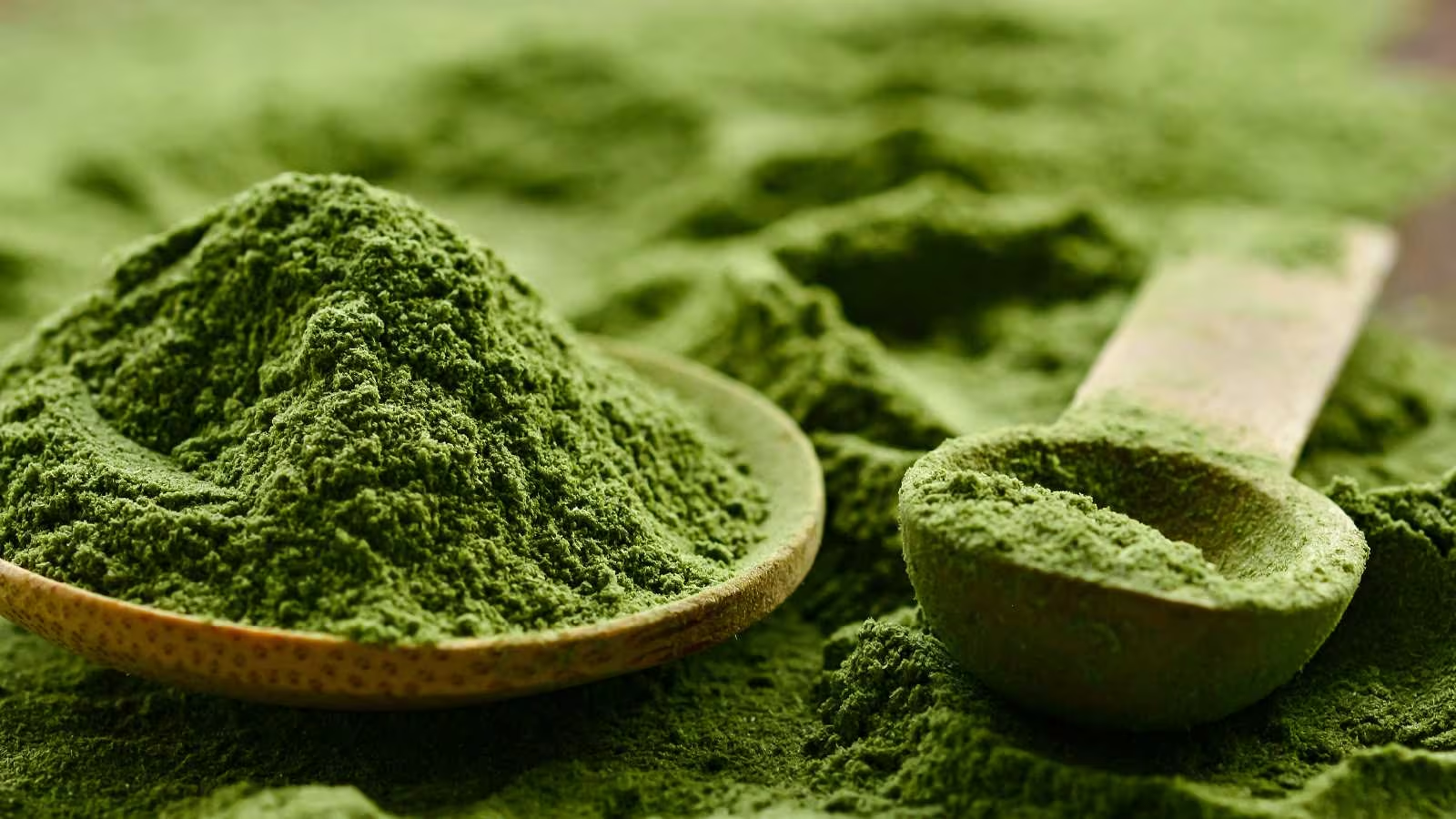
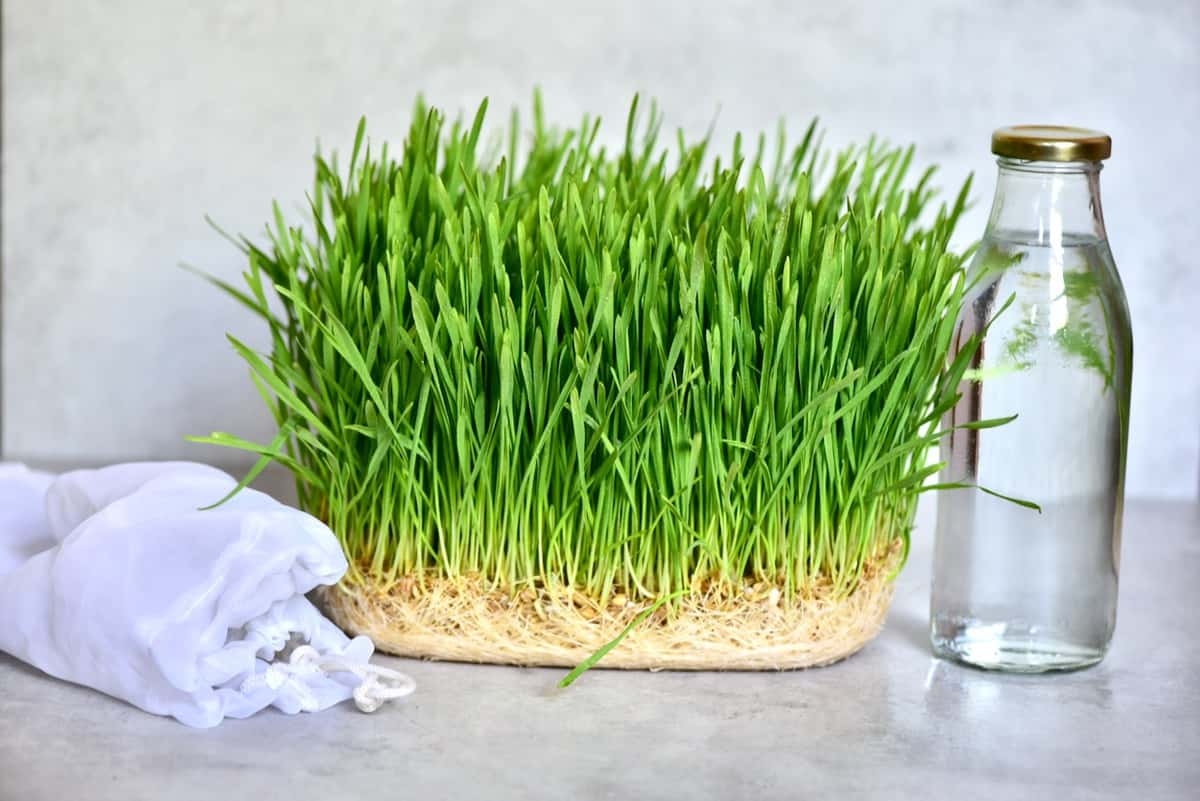
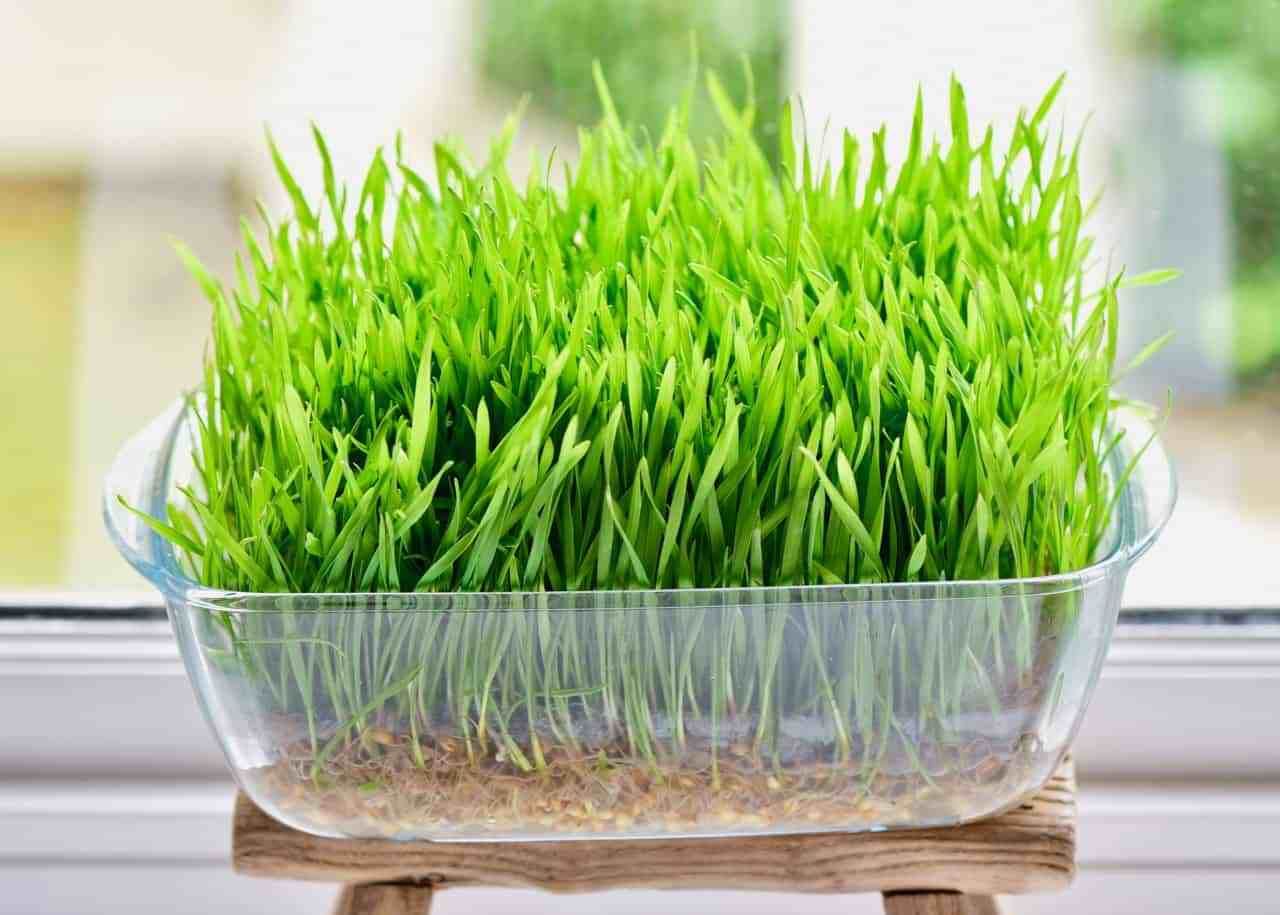
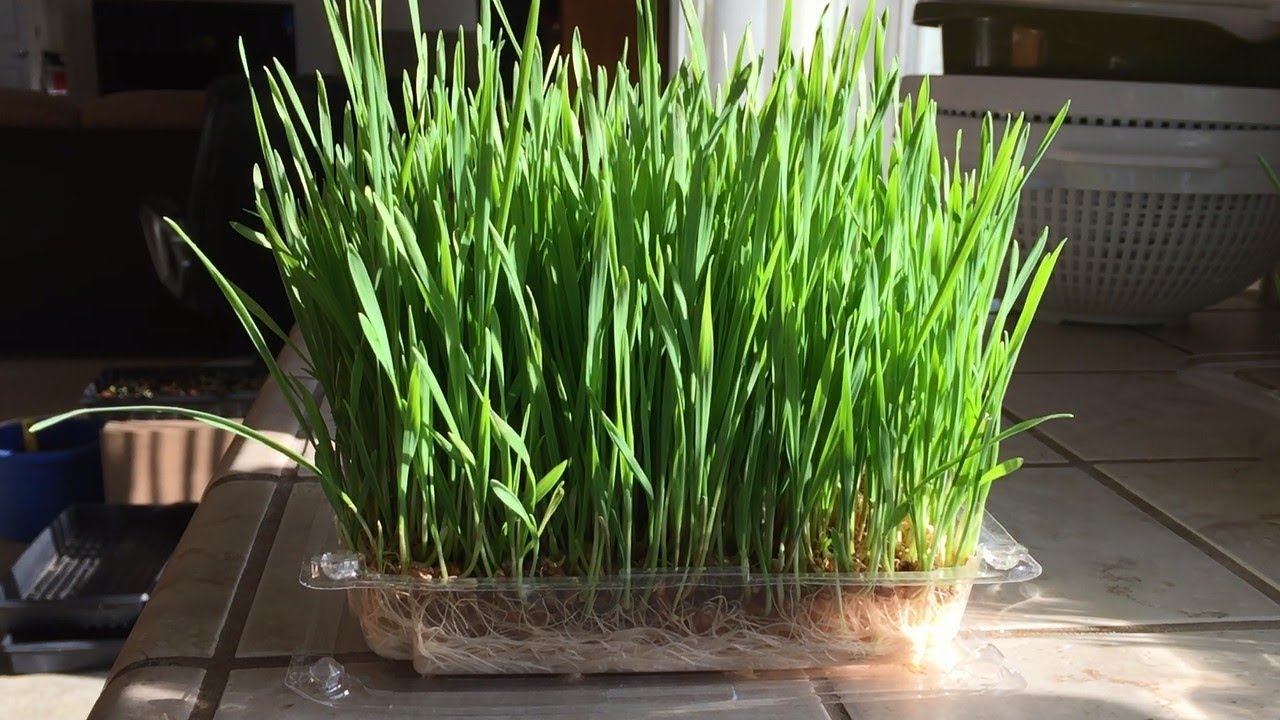
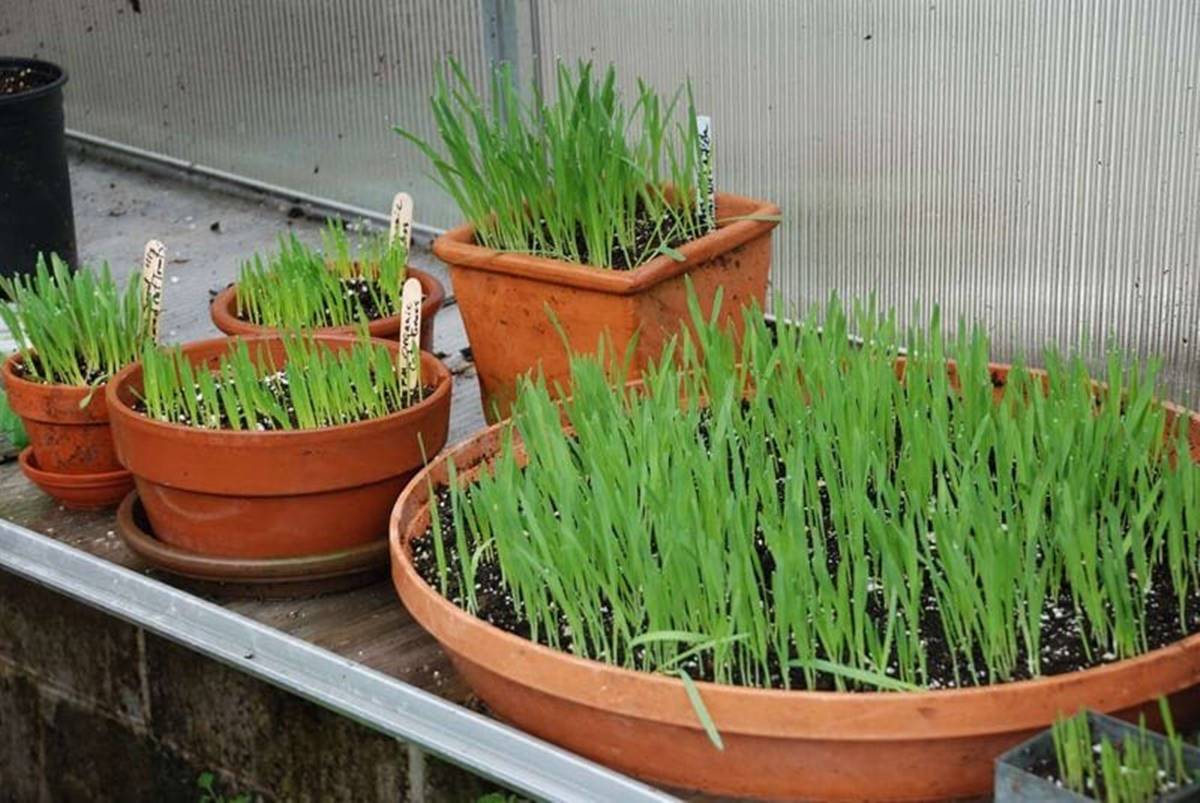

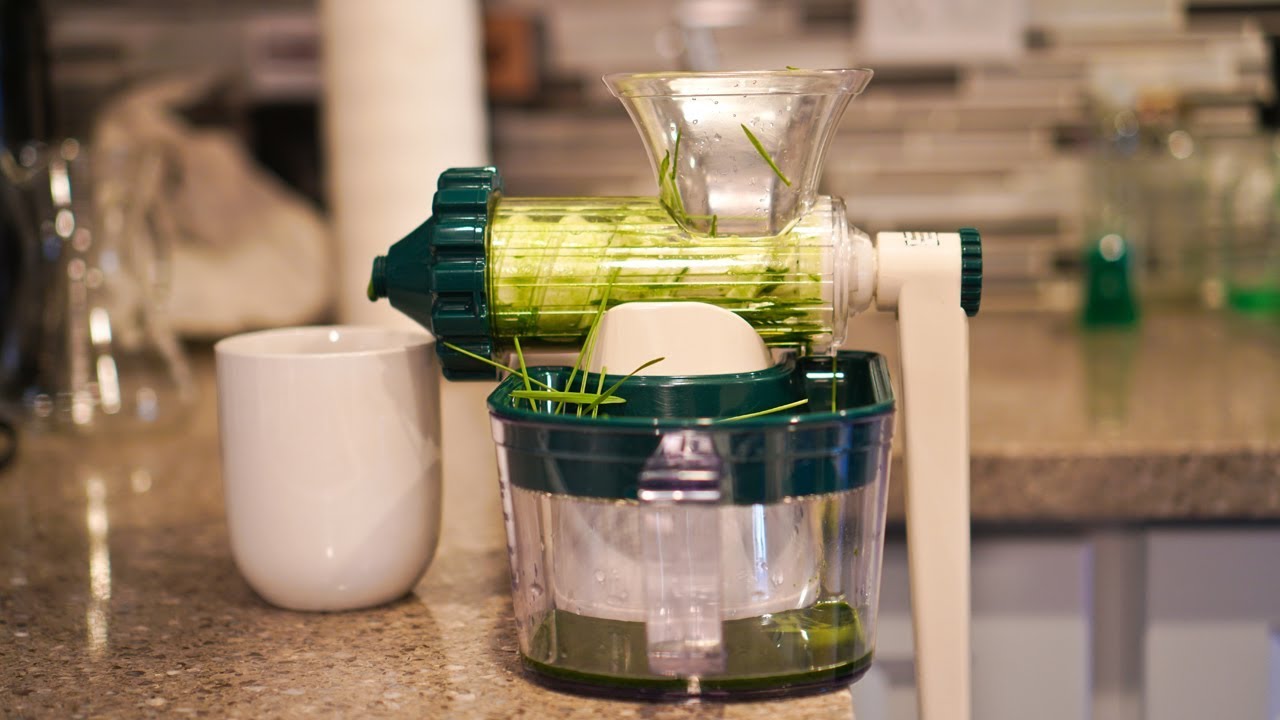

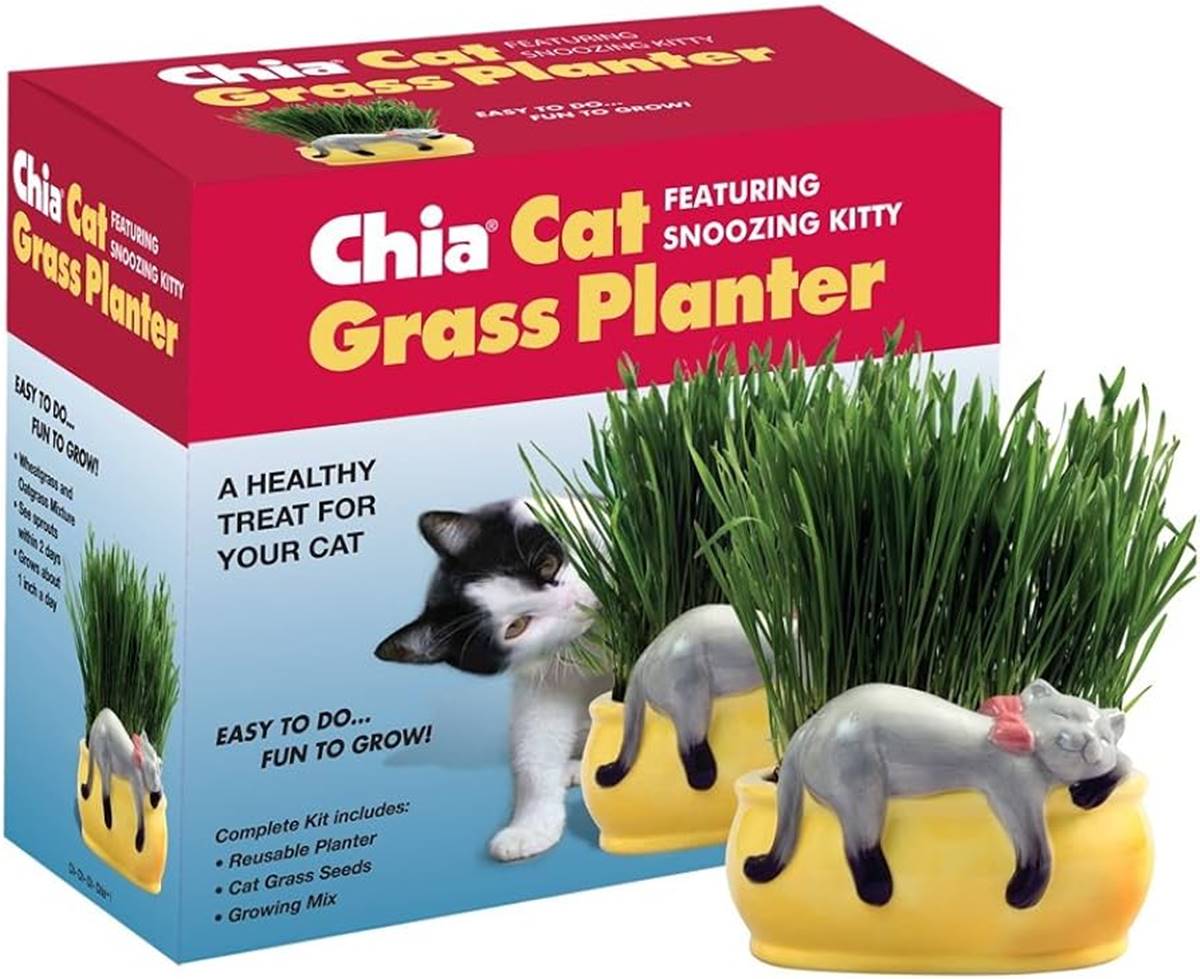
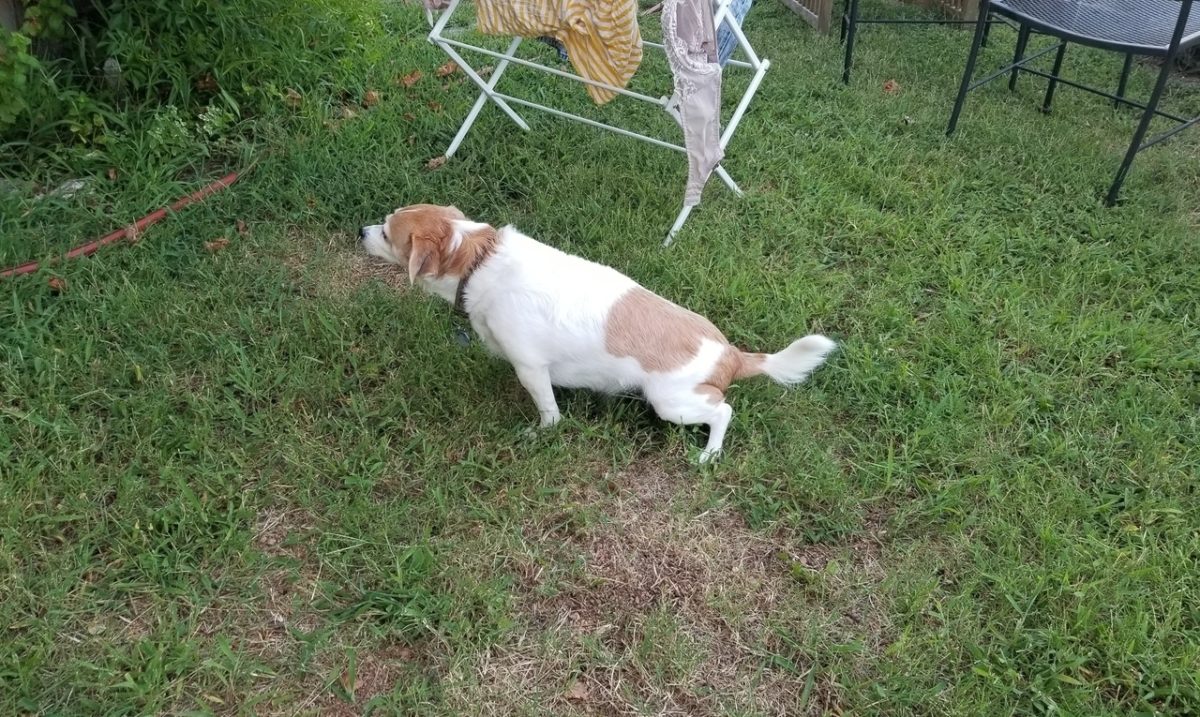
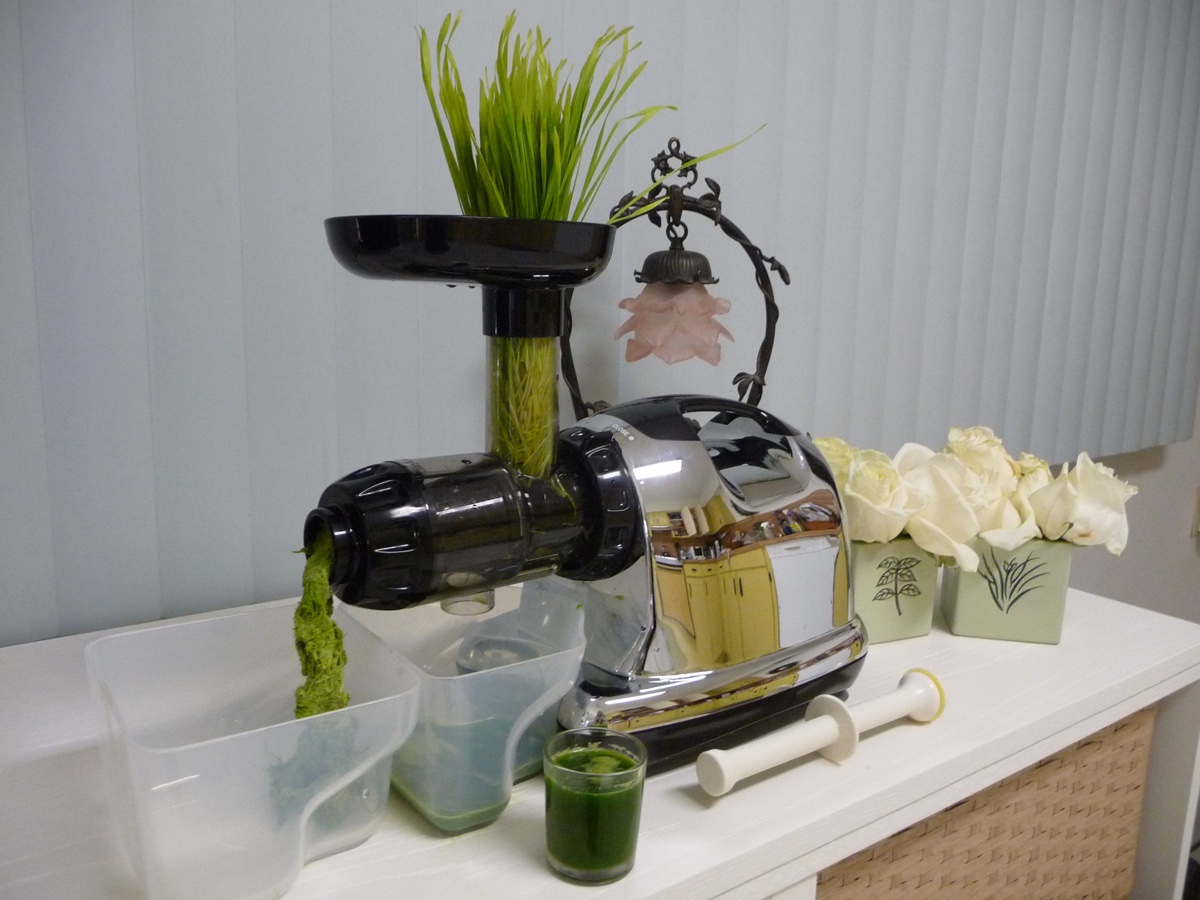
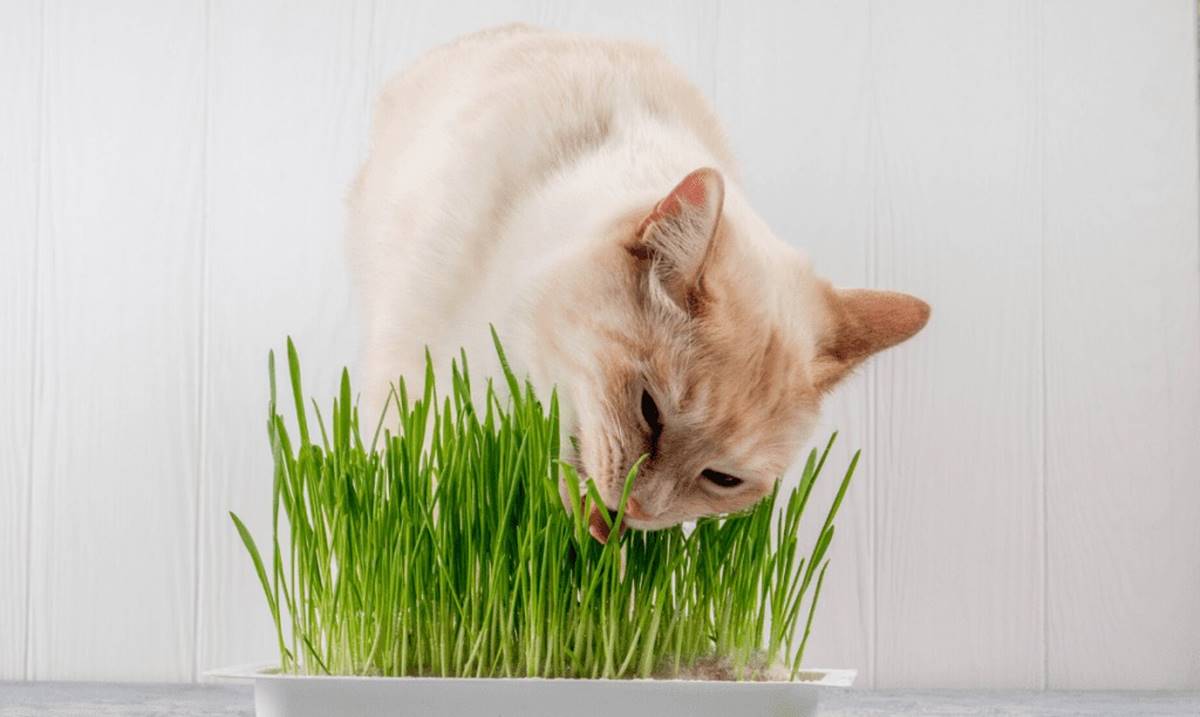


0 thoughts on “What Is Wheatgrass And Pet Grass”